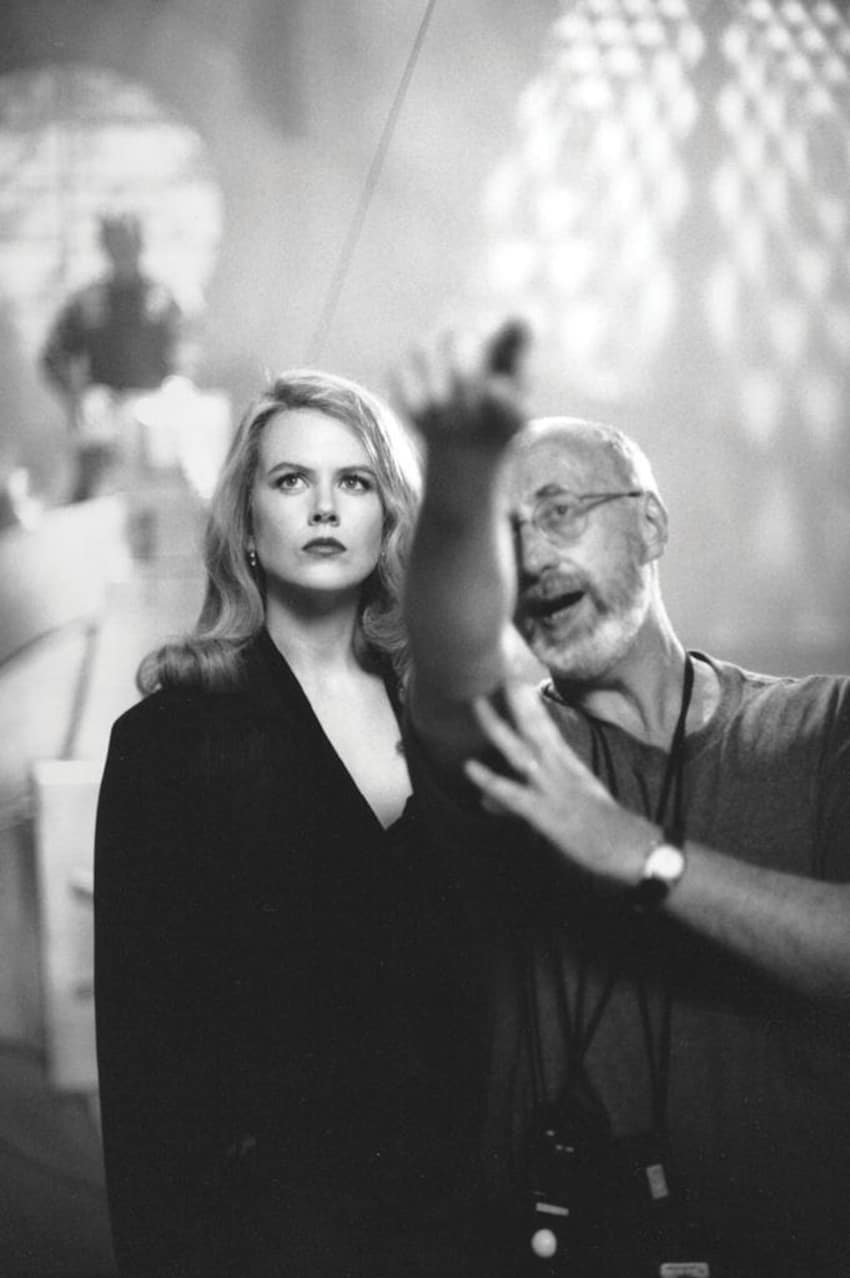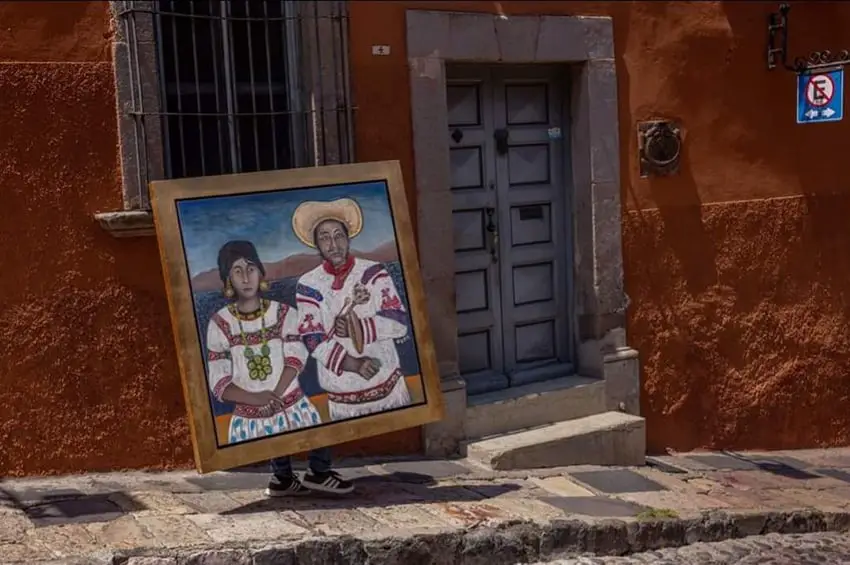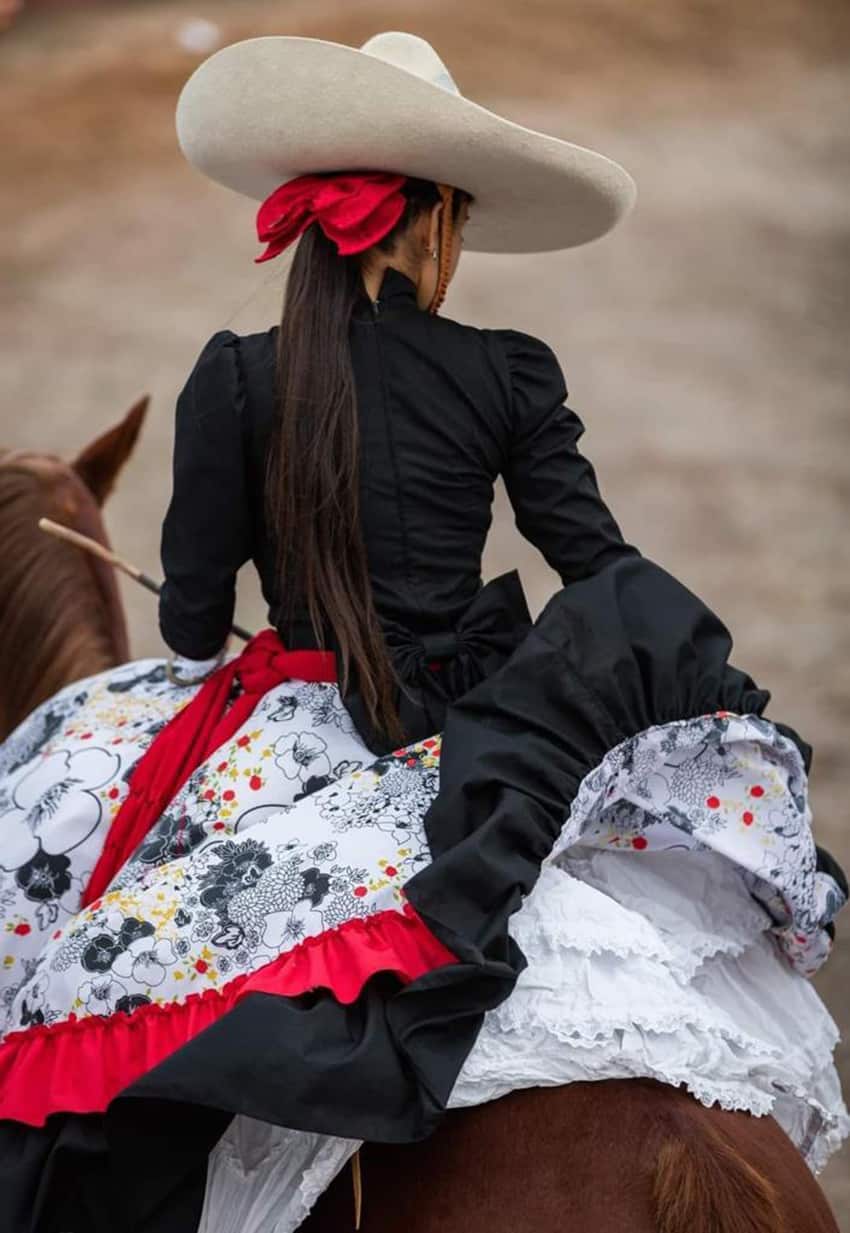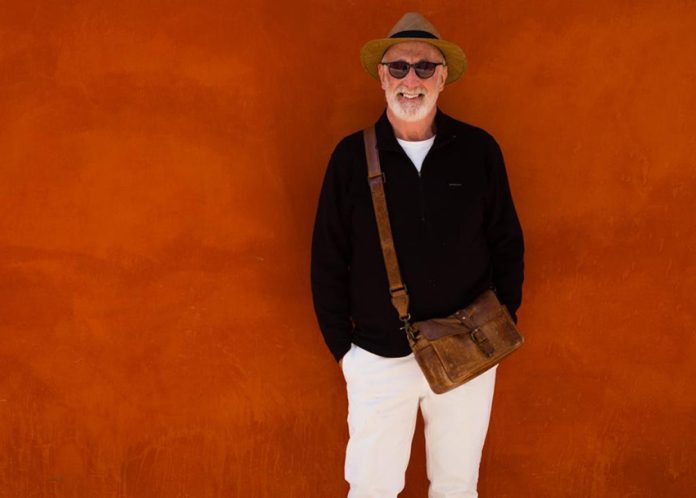What do Meryl Streep, Francis Ford Coppola, Nicole Kidman, Mick Jagger and Alan Pakula -to name but a few – all have in common?
All have been on set with Oscar-nominated cinematographer Stephen Goldblatt. After 50 years of working in the heart of Hollywood, earning him a Lifetime Achievement Award for his craft, South African-born and longtime Brit, Stephen, won’t be quite so incognito from now on in San Miguel de Allende. This weekend, he will present a selection of his photographs in an exhibition sure to unravel a treasure trove of stories and declare his devotion to his home of seven years: Mexico.

I went to visit my fellow Brit in his splendid but unassuming home, and found a soft-spoken gentleman, with guts, grit and salty humor to boot. Having worked with some of the fiercest visionaries, and egos, in cinema, he had many tales to tell. I could have stayed all day for the stories and perusing his work, but I had two burning questions: why Mexico, and what next?
“I’m never without my Leica camera, and San Miguel is just pulsing with narrative. In the pandemic, I wandered the deserted streets, and photographed. I have a penchant for night strolls too; there’s all sorts of hidden magic here.”
The man who shot “Angels in America”, “Lethal Weapon”, “The Cotton Club”, “Batman Forever” and “Closer” is, naturally, a serious master of composition and light.
“I have this living, breathing relationship with my camera, I suppose a bit like directors have with actors. It feels like the right time to show some of my collection of stills from over the years. And there are many of Mexico; my new passion.”

Living in the Bay Area, he and his wife came to visit friends in San Miguel eight years ago. Two days later, they hired a realtor to look for a home.
“It was all a bit impulsive, but we were sure in our bones, and we still are. We’ve lived all over the world, but here was home. I still work, and adore it, but now I only work when I’m truly excited and interested. When I want a little quiet, I swim, do pilates, walk our rescue dog, and enjoy the diversity of friends and culture here. If I’m not doing that, I’m in my studio, working on photography.”
After graduating from the Royal College of Art in London, Stephen was catapulted into a manic working schedule as a still photographer, shooting the stars of the Swinging Sixties.
“I shot The Beatles for the White Album and Life Magazine published some of my work, which was very exciting. Wild times! Then I started doing special photography for movies at Pinewood and Shepperton. Moving pictures – even more exciting! But it was when I was working on the set of director Karel Reisz, and seeing Vanessa Redgrave in action, that I knew I didn’t want the life of a solo photographer. It was the comradeship that I saw on movie sets that stirred my blood.”

His love of community was the leitmotif of our conversation. How could I not delight at the thought of him at sixteen, getting arrested alongside Bertrand Russell at a march for nuclear disarmament in London? A photo he shot later of the great philosopher now hangs on his home studio wall, next to another of Jayne Mansfield taken shortly before her tragic death.
Ever since the Redgrave moment, his illustrious career has taken him to the wildest corners of the world, and the feistiest film sets.
“Coppola’s “The Cotton Club” was like a mafia scene; dangerous, exciting, hard work, hyper collaborative. It made it thrilling to be an artist. The theatricality of “The Pelican Brief” and “The Help” is what I thrive on. I’ve just finished shooting a wonderful gay-centric film, RWRB, in England, screenplay written and directed by the Tony award-winning Matthew Lopez. I guess I’m a bit unstoppable, but why stop when I don’t have to?”

It’s hard to imagine the stamina and skill needed to shoot the “Lethal Weapon” movies or the six and a half hour Mike Nichols film, “Angels in America“. It’s even harder to imagine the stories he must have, brushing shoulders with the giants of the silver screen. But the framed hand-written note from Mr Nichols, which hangs amidst his photography collection, hinted pretty well at those.
I wondered if someone like him could possibly have a favorite moment, film or director?
“I’ve done this thing for many years, which is mentoring new directors at the annual Sundance Director’s Lab. They put together the first scenes of their movies and it’s exhilarating and grueling for them. That’s what it’s all about in the movies. What it’s all about for me is sharing not only my experience, but the mutual love and learning of the craft. One of my favorite film students was Tarantino, before he was Tarantino!”

As I reluctantly headed to the front door, we enjoyed a moment of dry humor, customary for two Brits, and in the same breath, extolled the virtues of Mexico.
“All my friends keep asking us how do we get out of the U.S.? How did you and your wife know when to leave? And honestly, we didn’t, we just took that leap based on our intuition.”
This maestro has lived a life taking leaps based on his intuition. Here in San Miguel, we’re the lucky ones that will have the chance to revel in the company of a riveting raconteur and admire the work of this master of moving images.
The intimate selection of photographs will be shown at the bijou studio of renowned artist Carey Berkus.
